Voltlogger™ - ESP32/MAX31855 Based Up To 10 Channel Thermocouple Data Logger with microSD Card
Designed by Voltlog in RomaniaNo shipping info available.
Set destination country to see options
Shipping to starts at
Free shipping is available to !
Ships from
This item does not ship to .
More Info
Sign up to get notified when this product is back in stock!
Why did I make it? After discovering that my T-962 reflow oven had uneven heating inside the oven I wanted to investigate this further and I needed a way of measuring & logging the temperature inside…
Read More…After discovering that my T-962 reflow oven had uneven heating inside the oven I wanted to investigate this further and I needed a way of measuring & logging the temperature inside the oven in multiple points at the same time. I designed the Voltlogger™ to be capable of recording 10 simultaneous thermocouple measurements.
An ESP32 is the processor for this board which means you not only get lots of processing power but also a Wifi/BT interface. There are 10 x MAX31855 (K-Type) thermocouple interface chips which feature built-in cold junction compensation and each MAX31855 features input filtering circuitry to improve noise immunity.
There is built-in USB>Serial converter chip (CP2104) with the required IO0 and EN switching circuitry to put the ESP32 into firmware download mode so you can flash new firmware over the built-in USB Type-C connector.
Data logging is done on a microSD card using the built-in card slot which is interfaced to the ESP32 using the MMC interface thus providing good bandwidth for the read/write operations.
There are two on-board LEDs shared which share the same GPIO with chip-select for thermocouple interface chips #1 and #2 but since the LEDs are active high and the chip selects are active low, with careful coding, one could signal the state over the board on the LEDs.
Power can be supplied via the on-board USB Type-C connector (5V 0.5A DC) or via the 0.1 inch pin header marked EXT_5V. Do not connect both options at the same time.
You can write code in pretty much any development environment that supports the ESP32 but you can checkout the example code which is written in Arduino using PlatformIO and Visual Studio. This is just an example code and is provided AS IS without warranty of any kind.
Because there is built-in USB to serial chip, all you have to do is to connect the board to your computer and it will automatically install and present itself as a COM port. Select that in your favorite IDE and upload code to the ESP32.
Depending on what type of thermocouples you plan to use (shielded or not) and depending on where you are performing the measurement, the effect of ground loops or floating voltages needs to be considered. Having the board connected to a computer while doing the measurements means that any potentially dangerous voltages traveling through the shield of the thermocouples could travel through the GND connection up to your computer. These issues can be avoided by powering the board from an isolated 5V external supply like a powerbank or 1S lithium-ion battery and keeping the board disconnected from the computer while performing the measurements. If you need live broadcasting of the measured values, the wifi connectivity could be used instead.
You will get 1 x fully assembled Voltlogger board.
You will need some K-type thermocouples and a microSD card. Personally I use the cheap thermocouples from Aliexpress from which I remove the small yellow connector. Here are some examples of K-type thermocouples: Link1, Link2, Link3. As for the microSD card I tested with several different brands up to 64GB and they all worked fine so there are no special requirements as longs as it's formatted as FAT.
There is one important known issue in PCB revA: the chip select pins for the MAX31855 channels #1 & #2 are tied to GPIO34 and GPIO35 which on the ESP32 are input only pins. This means the ESP32 cannot drive the chip select signals low to activate those channels. As a workaround revA boards will contain a bodge to re-route the chip select signals to GPIO22 and GPIO23 shared with the LEDs. Since the LEDs are active high and the chip selects are active low, with careful programming one should be able to use both. Although the bodge is done clean and the wires are secured with some epoxy, there is a risk this becomes a reliability issue if one of those wires gets ripped from the board.
Because of the current global situation I will not be able to ship to a list of countries as decided by the postal operators. Long delays for delivery are expected especially when shipping overseas to places like the US, Canada & Australia.
No country selected, please select your country to see shipping options.
No rates are available for shipping to .
Enter your email address if you'd like to be notified when Voltlogger - 10 Channel Thermocouple Data Logger can be shipped to you:
Thanks! We'll let you know when the seller adds shipping rates for your country.
| Shipping Rate | Tracked | Ships From | First Item | Additional Items |
|---|---|---|---|---|
|
:
|
Packages will typically go out twice a week so you might see a delay of 2-3 days until you get the update that your order was shipped.
If you are located inside the EU, most of the times, unless you have a very specific reason, it doesn't make sense to go for the more expensive courier shipping option like GLS because it will only get there 2-3 days before the regular post, given the additional overhead that GLS requires for preparing and picking-up the AWB.
No shipping info available.
Set destination country to see options
Shipping to starts at
Free shipping is available to !
Ships from
This item does not ship to .
More Info
Sign up to get notified when this product is back in stock!
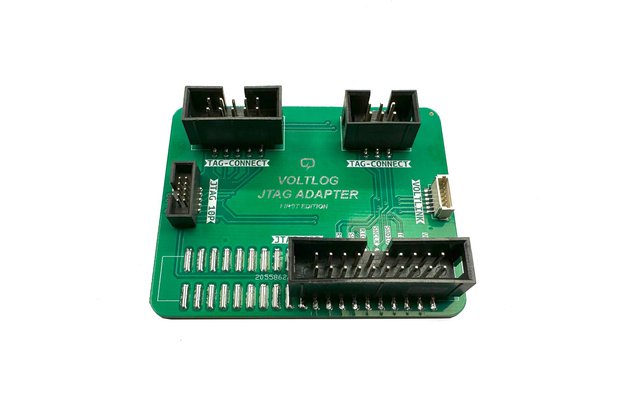
$12.99
Free Shipping!
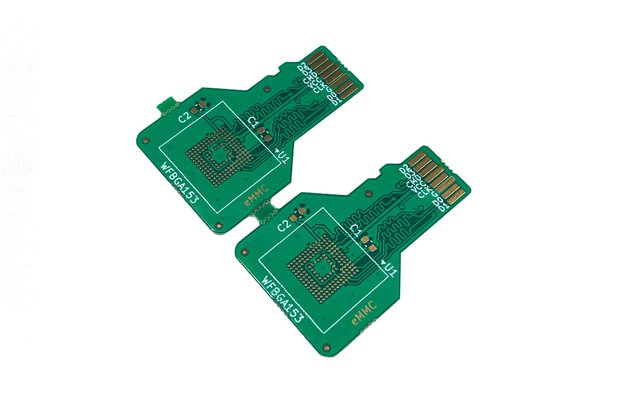
$3.99
Free Shipping!
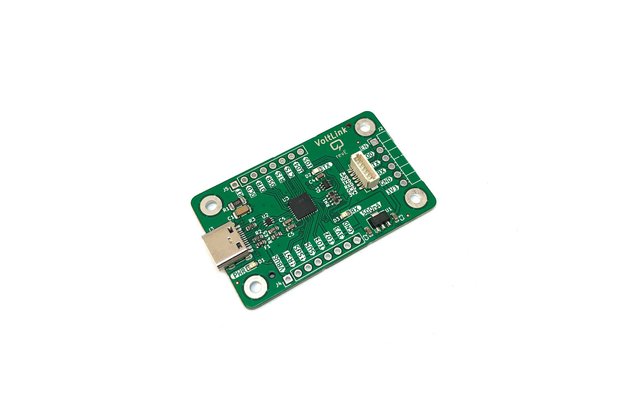
$16.99
Free Shipping!
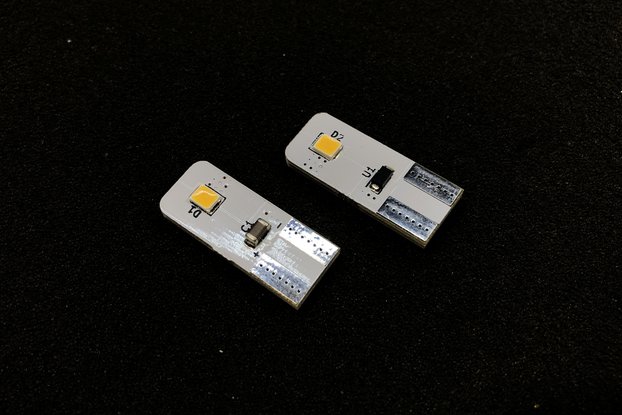
$8.00
Free Shipping!
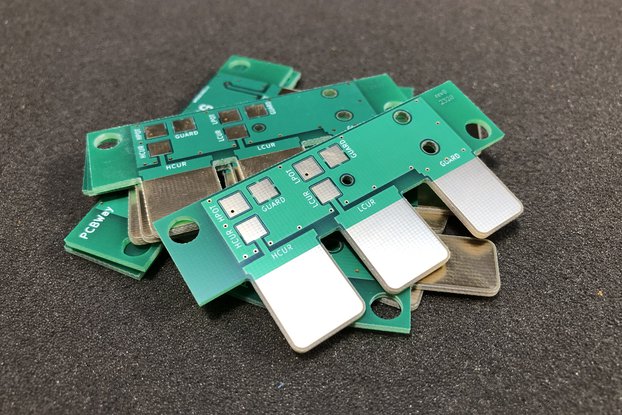
$4.99
Free Shipping!
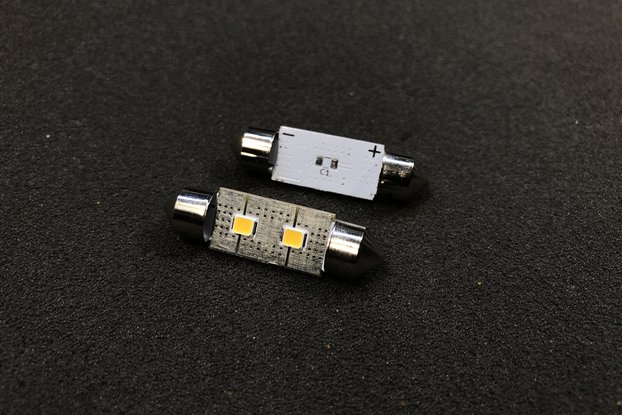
$10.00
Free Shipping!
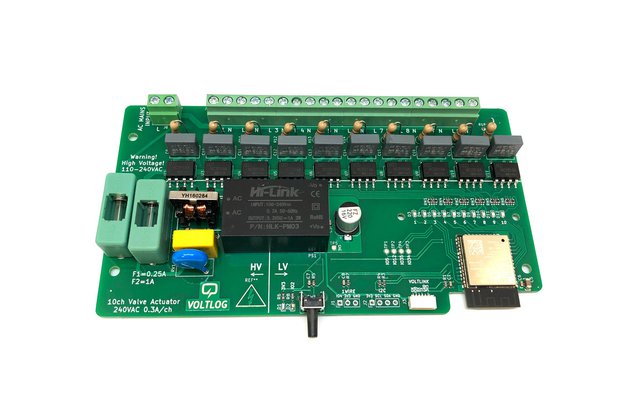
$99.99
Free Shipping!
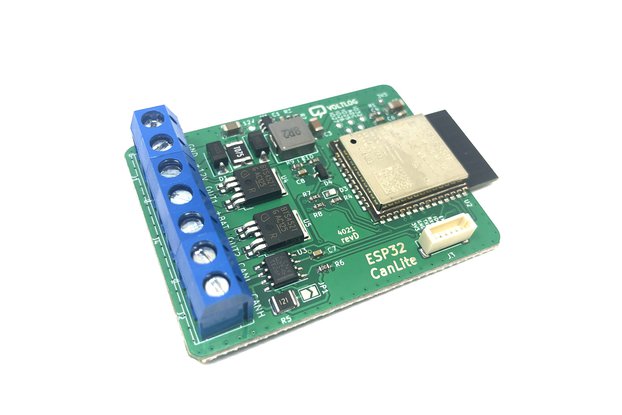
$34.99
Free Shipping!

$25.90
Free Shipping!
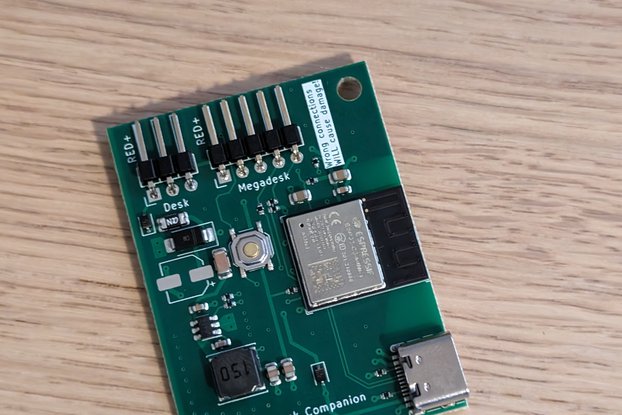
$44.00
Free Shipping!

$58.00
Free Shipping!
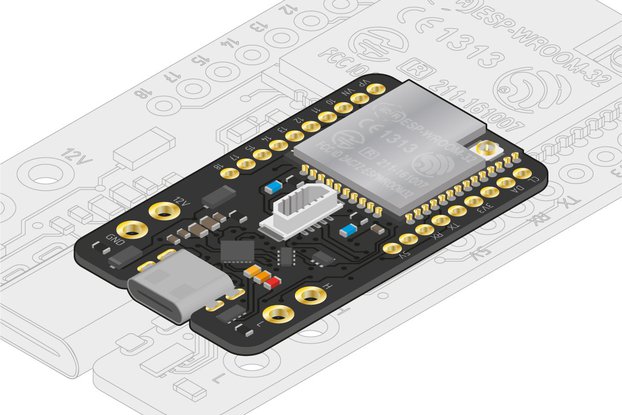
$37.45 $44.95
Free Shipping!
By clicking Register, you confirm that you accept our Terms & Conditions
We recognize our top users by making them a Tindarian. Tindarians have access to secret & unreleased features.
We look for the most active & best members of the Tindie community, and invite them to join. There isn't a selection process or form to fill out. The only way to become a Tindarian is by being a nice & active member of the Tindie community!
